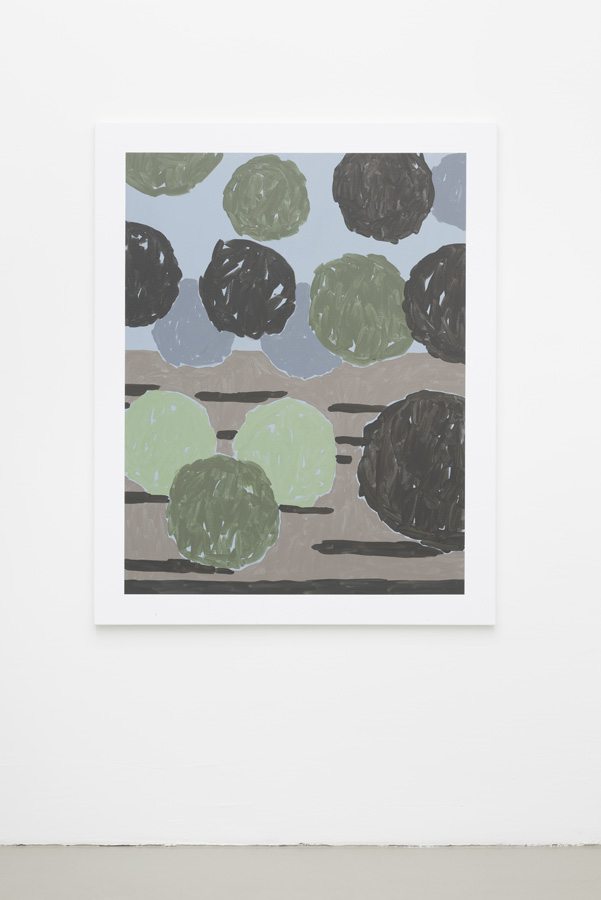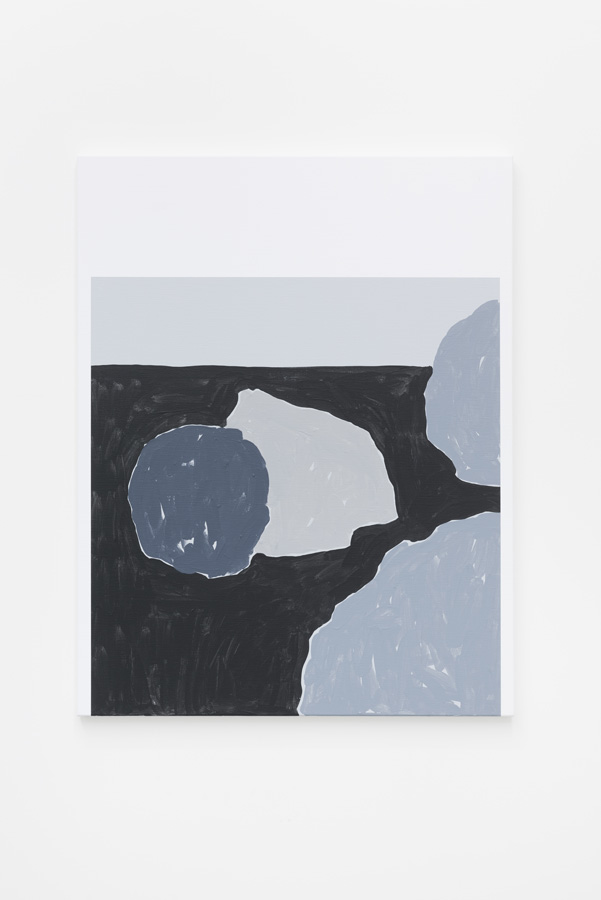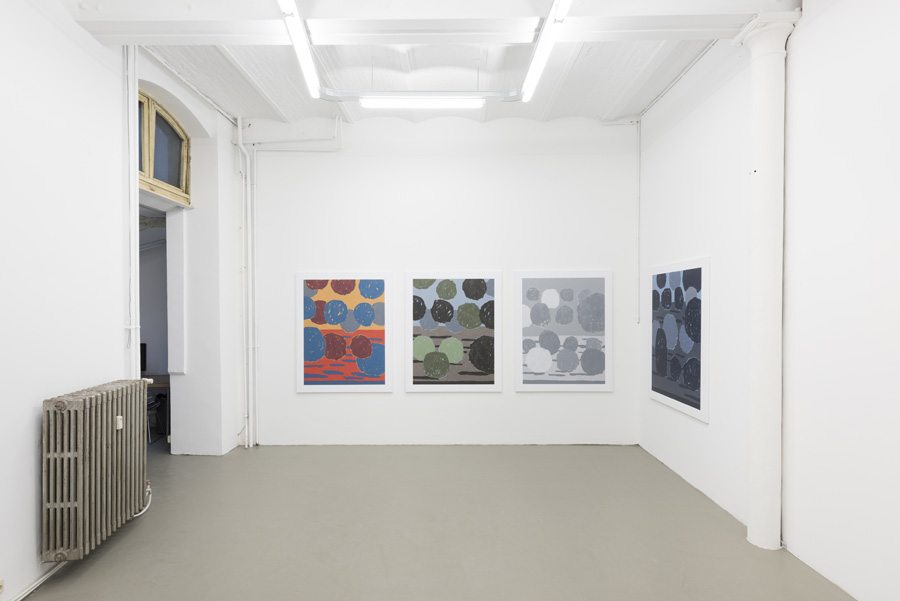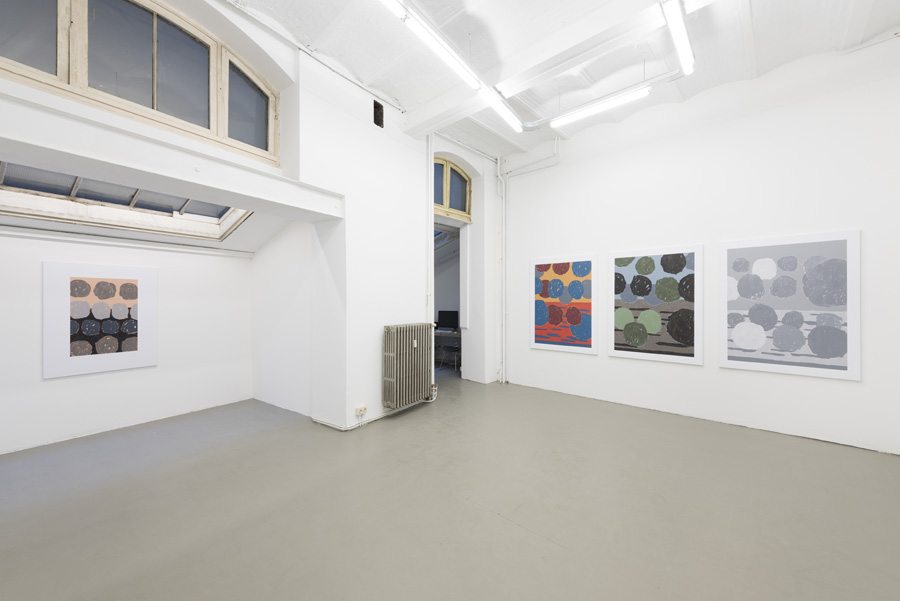Copenhagen-based artist Luc Fuller has just closed a show at Brussels and London gallery Rod Barton, in which he displayed paintings that were informed in part by the dialogue between the artist, and composer Jonathan Sielaff. ‘Music to me remains the highest form of art,’ the artist tells Emily Steer. ‘It’s the most direct, the most democratic, and entirely human.’
How and why did you begin life as an artist?
It wasn’t so much a choice but more a matter of circumstance which I consider myself extremely lucky to have fallen into. Being a pretty lousy student growing up, coupled with the endless impulse to create and participate in culture led me to pursue a life in art.
Can you tell me a little about the work that was shown at Rod Barton?
The show was split between two venues: the back gallery space in London where I showed drawings, and the new gallery in Brussels, where I showed paintings. Both shows, as well as the performance, added up to what I consider to be one exhibition. There has always been a common thread of rhythm and repetition in my work, and this show was a result of getting more comfortable with rhythm being the primary driving force.
There is a transitional element to each new series of paintings and drawings. Is it a continuous process that you go through, or after a series do you completely begin again?
I would say it’s a continuous process. There is a lot of work in between that doesn’t get shown, and will probably never be shown, but is still necessary. I have a regular drawing practice as well that acts as more of an exercise or meditation which helps me stay fit and focused and probably makes my paintings stronger no matter what type of work or series I’m working on.
Can we discuss your ongoing work with Jonathan Sielaff? There is a musicality to your paintings—has this developed from you two working together?
I’ve always been envious of musicians. I grew up making music, but I think it’s safe to say that I was pretty mediocre at it. I eventually chose to focus on painting and being an artist, and that’s now what I do, who I am and I’ve accepted and am quite happy with that decision. However, music to me remains the highest form of art. It’s the most direct, the most democratic, and entirely human – it’s pure magic. I read recently in the New York Times that musical instruments have been found as far as 43,000 years ago, predating the caves of Lascaux a cool 24,000 years! So I don’t take my relationship with Jonathan lightly, because for me he has opened up a space which feels closer to the source. I don’t so much try to illustrate his music, but rather feed off of the energy and feeling. This of course is not exclusive to Jonathan’s music, but has been a privilege to have access to (and a friendship with) such a wonderful musician and creative force.
You use formatting of an image as part of your composition, does this begin on screen or on the canvas?
The formating is done fairly intuitively. Sometimes it comes from a thumbnail sketch, but more often than not it is simply taped and measured directly on the canvas without too much thought. Initially the formatting was borrowed from my obsession with art books and the way images fall on the page. But now it’s just a starting point which helps jumpstart the process and quickly eliminate the white canvas while still having this formal quality which sits adjacent to books.
You can find more information about Luc Fuller at Rod Barton.










